Search the Special Collections and Archives Portal
Search Results
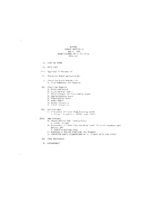
Meeting minutes for Consolidated Student Senate, University of Nevada, Las Vegas, May 5, 1979
Date
Archival Collection
Description
Text
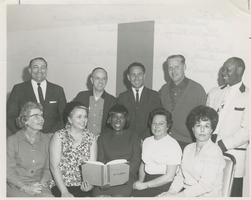
Photograph of North Las Vegas Democratic Club officers, North Las Vegas, Nevada, 1967
Date
Archival Collection
Description
Image
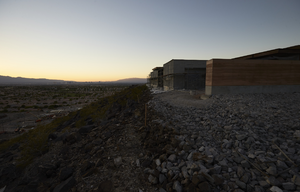
Lake Flato design firm's home under construction at Ascaya development, Henderson, Nevada: digital photograph
Date
Archival Collection
Description
Image
News and radio clips about Vegas World room expansion plans and the construction approval for Stratosphere Tower: video
Date
Archival Collection
Description
Multiple news and radio clips about the proposed and rejected room expansion for Vegas World, construction approval for the Stratosphere Tower, and controversey around the promotion and advertisement for the Stratosphere Tower; the news clips are from KTNV-TV Channel 13, KVBC Channel 3, and KLAS-TV Channel 8; they include news presenters Alyson McCarthy and Paula Francis; an interview with Former Las Vegas Mayor Ron Lurie is featured in one of the clips; b-roll footage of Vegas World, Bob Stupak at Stratosphere Tower press announcement, and Stratosphere Tower advertisements; the last several clips are audio snippets from KNUU AM 970 radio station covering the construction permit being approved for the Stratosphere Tower; clips include interviews with Las Vegas city spokesman Doug Branford. Original media VHS, color, aspect ratio 4 x 3, frame size 720 x 486. From the Bob Stupak Professional Papers (MS-01016) -- Professional papers -- Audiovisual material -- Digitized audiovisual clips file.
Moving Image
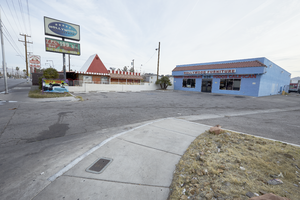
Businesses on Eastern Avenue, looking northeast in Las Vegas, Nevada: digital photograph
Date
Archival Collection
Description
From the UNLV University Libraries Photographs of the Development of the Las Vegas Valley, Nevada (PH-00394). Part of the collection documents the entire 19 mile length of the north/south Eastern Avenue / Civic Center Drive alignment. This photograph was captured in the section of Eastern Avenue between Washington and Stewart Avenues.
Image
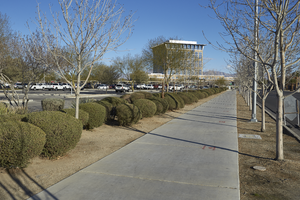
A sidewalk leads to the North Las Vegas City Hall, looking north in North Las Vegas, Nevada: digital photograph
Date
Archival Collection
Description
From the UNLV University Libraries Photographs of the Development of the Las Vegas Valley, Nevada (PH-00394). Part of the collection documents the entire 19 mile length of the north/south Eastern Avenue / Civic Center Drive alignment. This photograph was captured in the section of Civic Center Drive between Las Vegas Boulevard and Lake Mead Boulevard.
Image
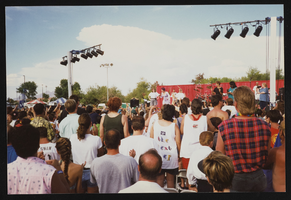
Crowd watching Cyndi Lauper perform at Gay Pride, image 003: photographic print
Date
Archival Collection
Description
Image
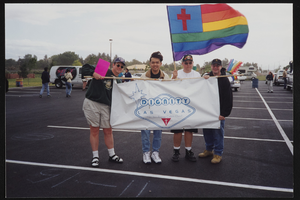
Reverend Jay DiCotignano and unidentified persons at the second annual Gay Pride parade: photographic print
Date
Archival Collection
Description
Image


